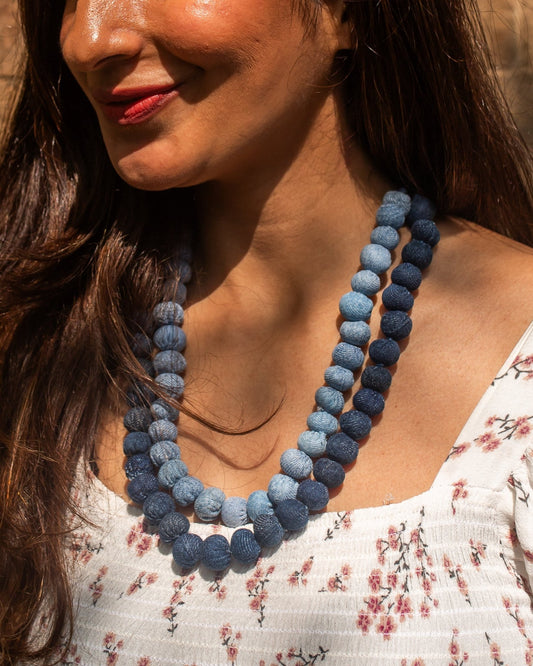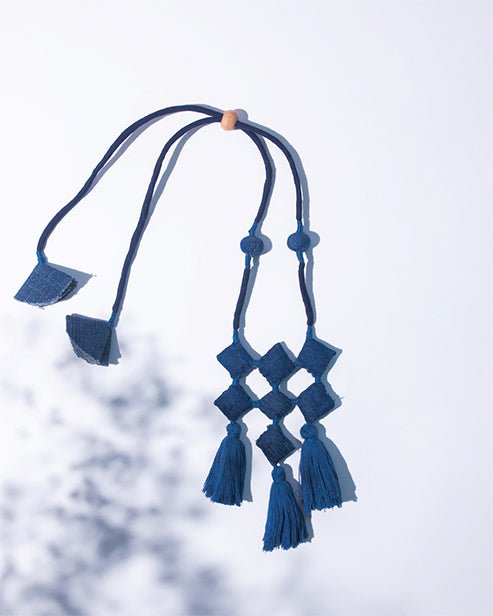Do you shop online frequently? Do you think shopping online is more convenient than driving to a store? It may sound counterintuitive, but shopping online has an environmental impact and a large carbon footprint too.
Shopping trends have changed dramatically over the past few years. Earlier, people used to visit physical stores, check price tags, feel the fabric, select a color, try apparel in fitting rooms and then consciously make a purchase. But now, with the ease of online shopping apps and websites in India, people find it significantly more convenient to order while ensconced in the comfort of their living rooms.

Environmental Impact: Why shopping online has a large Carbon Footprint
-
Increased packaging waste Clothing has one of the highest purchases and return rates online. Attractive models and stylised photography allures consumers to make impulsive clothing choices that ultimately convert into purchases. Since they are not able to try clothes, many a time, customers place orders without confirming their size as most brands have brand-specific sizing. Further, to facilitate ease, most online shops offer free delivery and returns. And, to meet these needs, retailers require more packaging materials. An imaginable quantity of trees is pulped every year to produce millions of tons of cardboard packs, shipping cartons, wrappers, and other paper-based packaging. And, less than 10% of the million tons of plastic packaging produced globally each year is recycled.
-
Increased delivery vehicle emissions It is not a big surprise to learn that a large chunk of home deliveries fail the first time and that delivery agents have to make multiple attempts to deliver the purchase. This leads to more vehicle emissions, pollution, and congestion.
-
The carbon footprint of products being bought Did you know even clothes, shoes, and accessories are made out of fossil fuels! They are dyed in toxic chemicals and manufactured in factories that emit large amounts of harmful pollutants into the air.
-
Products reaching landfills Have you ever wondered what happens to online returns? A study in Germany showed that as many as one in three online purchases are returned. According to another study, merchandise worth nearly US$326 million is returned each year in the USA.The products that you request for return either go back on a sale via secondary vendors or liquidation services (which is an expensive proposition) or retailers send them to an incinerator or landfill, which believe it or not, turns out cheaper & less hassle for them. Two billion kilograms of this waste in landfill causes 13 tonnes of CO2 to be released.
Here’s an interesting quiz you could take to calculate your own Fashion Footprint
How online shoppers can create a difference - 4 steps to follow
It’s not too late!
-
Switch to sustainable lifestyle brands If your thinking aligns with ours, it’s time to find brands and invest in those that share the same ideology as yours. Invest in eco-friendly and sustainably made products. And, this does not mean you have to compromise on your fashion and wallet.
-
Always refer to size guides Shopping from sustainable lifestyle brands is not enough. To avoid returns on orders, always refer to size guides. Each brand has its own sizing and going blind, assuming ‘small/medium always fits me’ does not work with every brand. Every product is made for different body shapes and sizes. Therefore, always refer to size guides, read the description thoroughly, check fabric, read reviews, and then finalize your order. This will minimize your chance of ordering the wrong product and initiating a return for it.
-
Shop only if required The real meaning of practicing a sustainable lifestyle is by shopping wisely. Here’s a quick trick! Whenever you plan to buy something:
-
Wishlist your items
-
Open your wishlist the next day and ask yourself “Do I really need it?”
-
If the answer is “Yes”, ask yourself “Will I wear it a minimum of 30 times?”
-
Still, if the answer is “Yes”, Go ahead and BUY
-
But, then you will be surprised how many times you will say “No”
-
-
Buy wisely Buying upcycled, vintage, used, open-box and refurbished products is a great way to shop consciously. And, can turn out to be pocket-friendly too. In fact, a lot of people these days have launched thrift stores on social media, where they offer used shoes, accessories and clothes at as little as 30% of the original MRP.
In 2022, let’s promise ourselves to practice living a sustainable lifestyle and creating a positive social impact through our choices.
“The bottom line is to do what you can. Without aiming for perfection, let’s aim for effort.”
Dwij upcycles post-consumer jeans and post-industrial fabrics to make upcycled bags, as most of the denim and clothes otherwise end up reaching landfills. Dwij aims at extending the lifecycle of such garments and strives to be a zero-waste ethical brand. If you wish to take a look at our upcycled denim products, click here.





